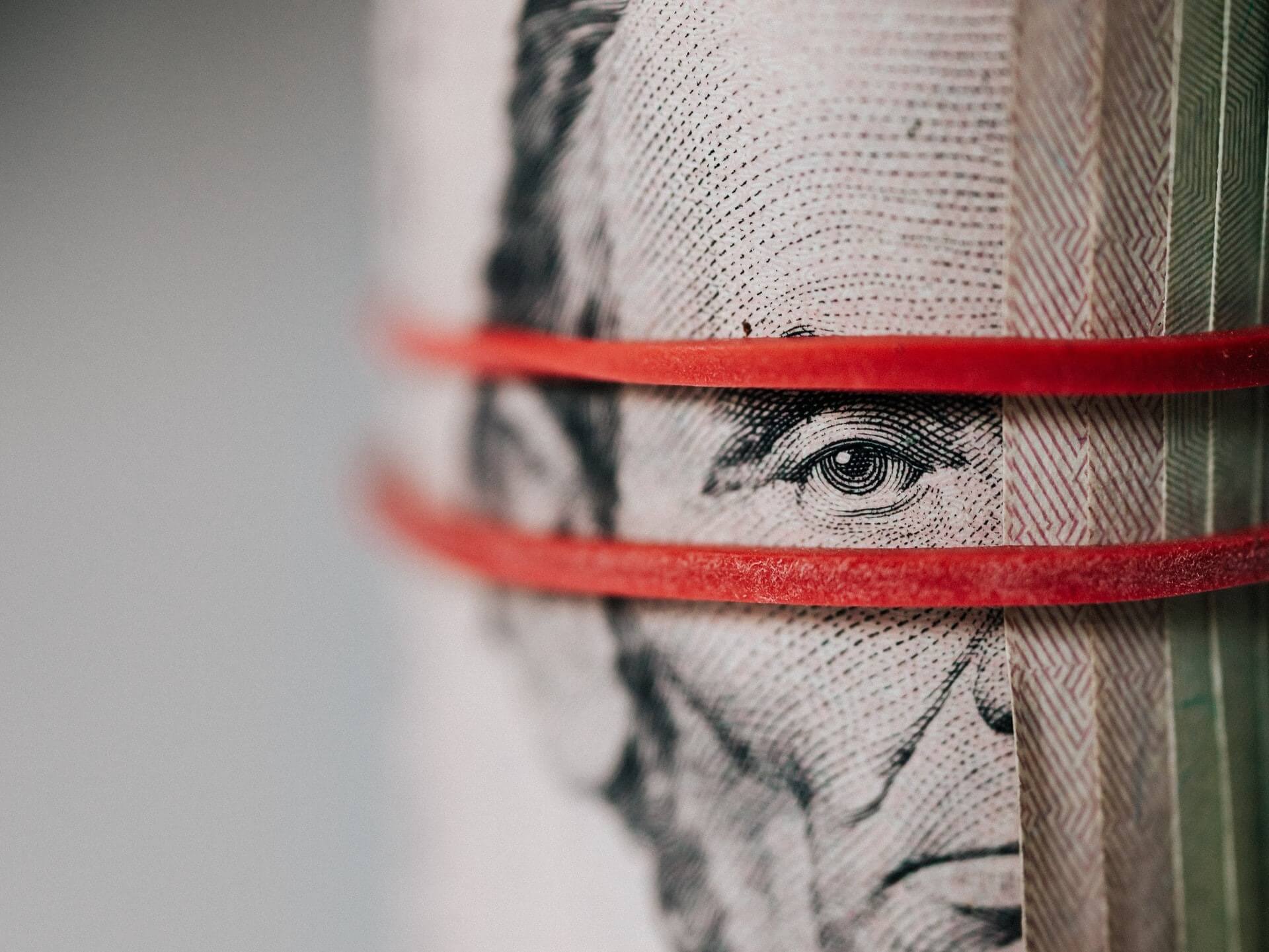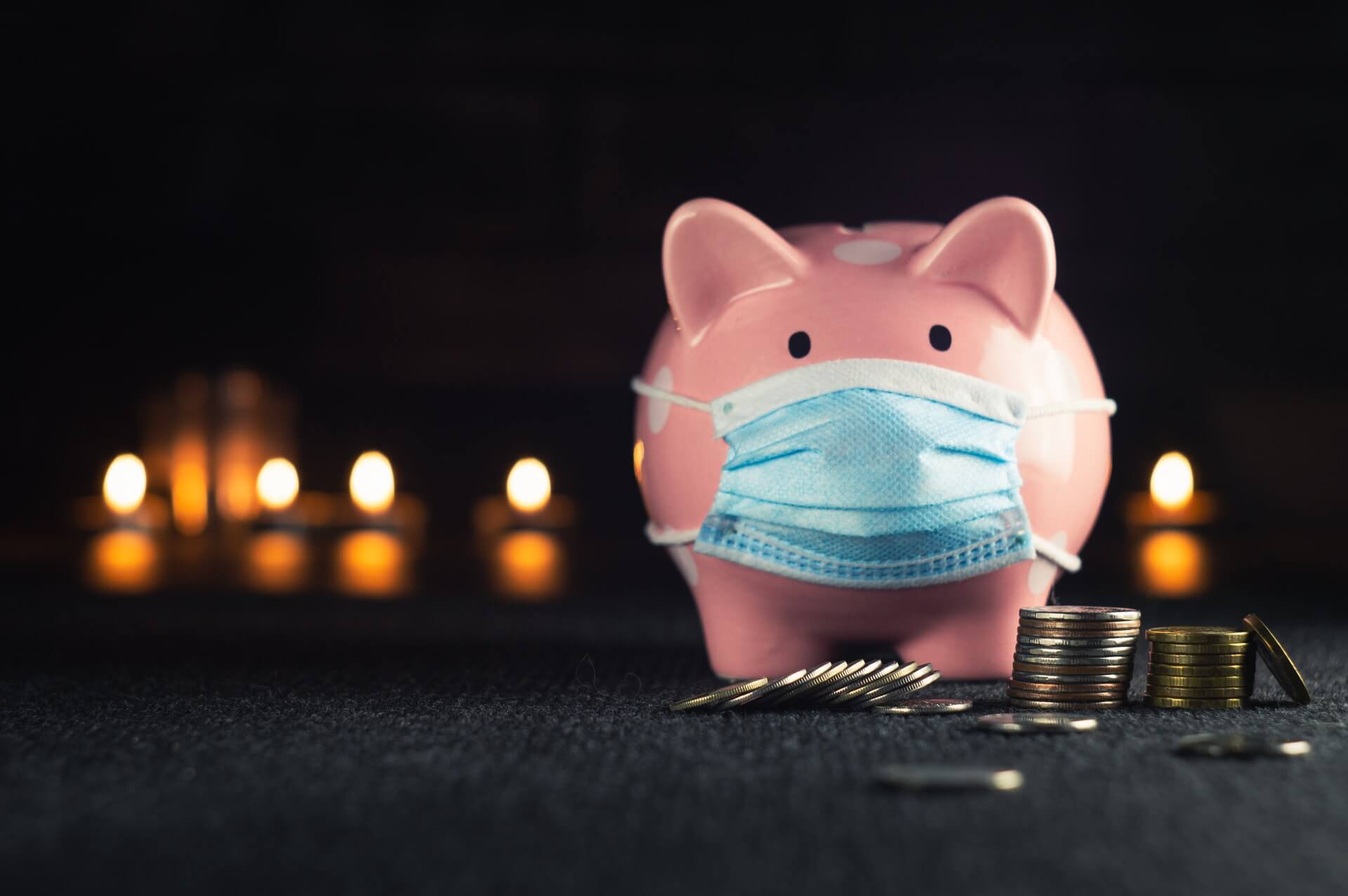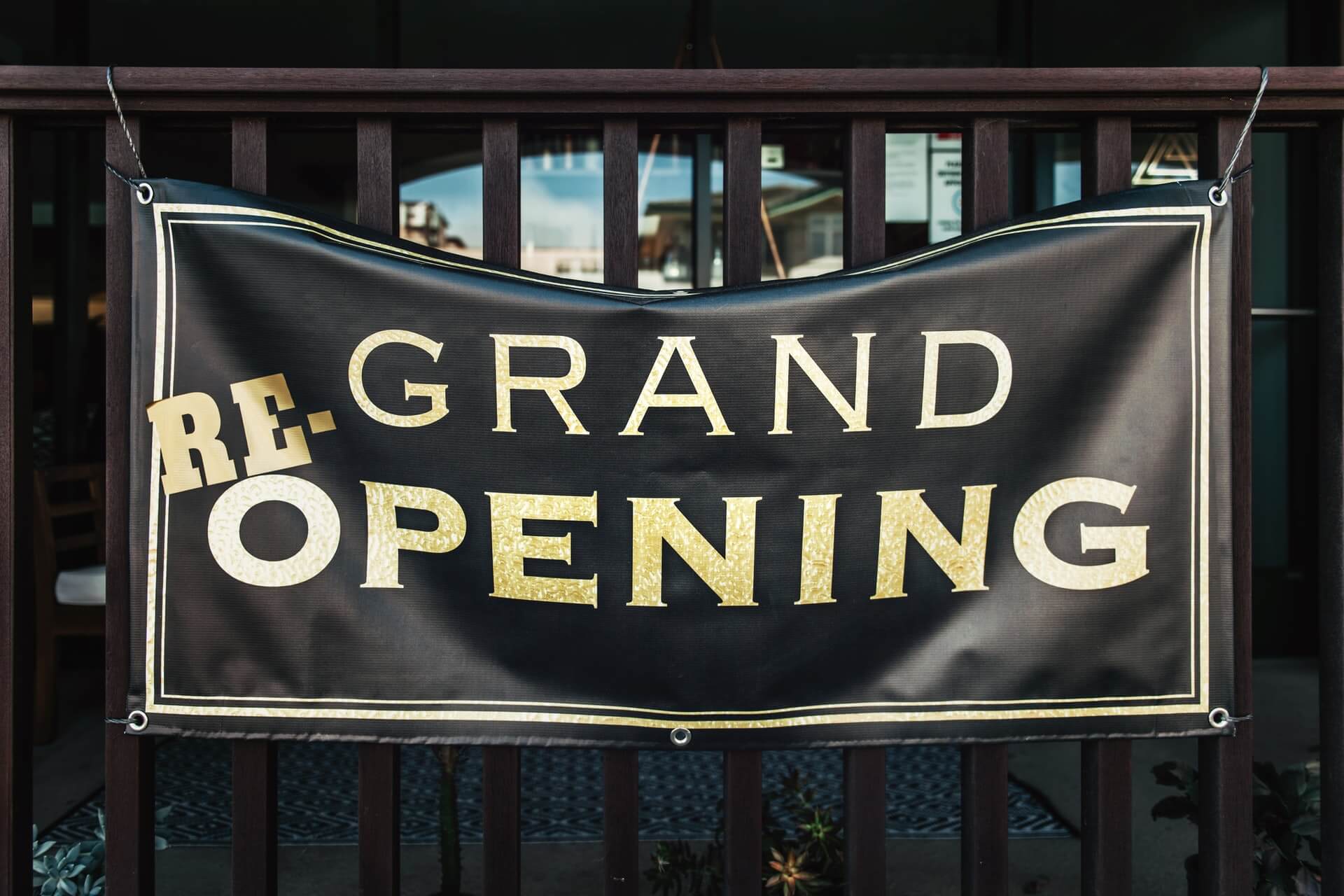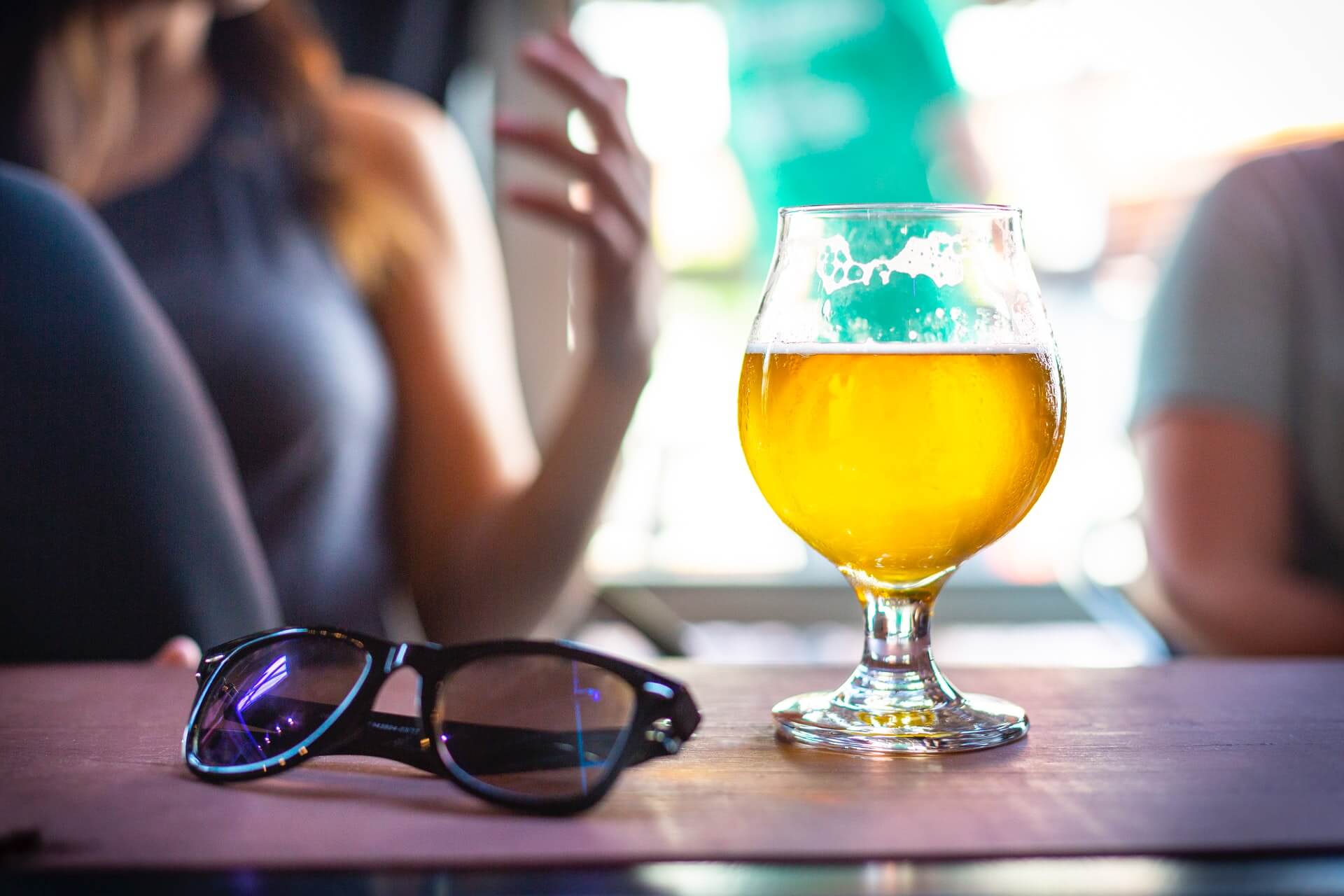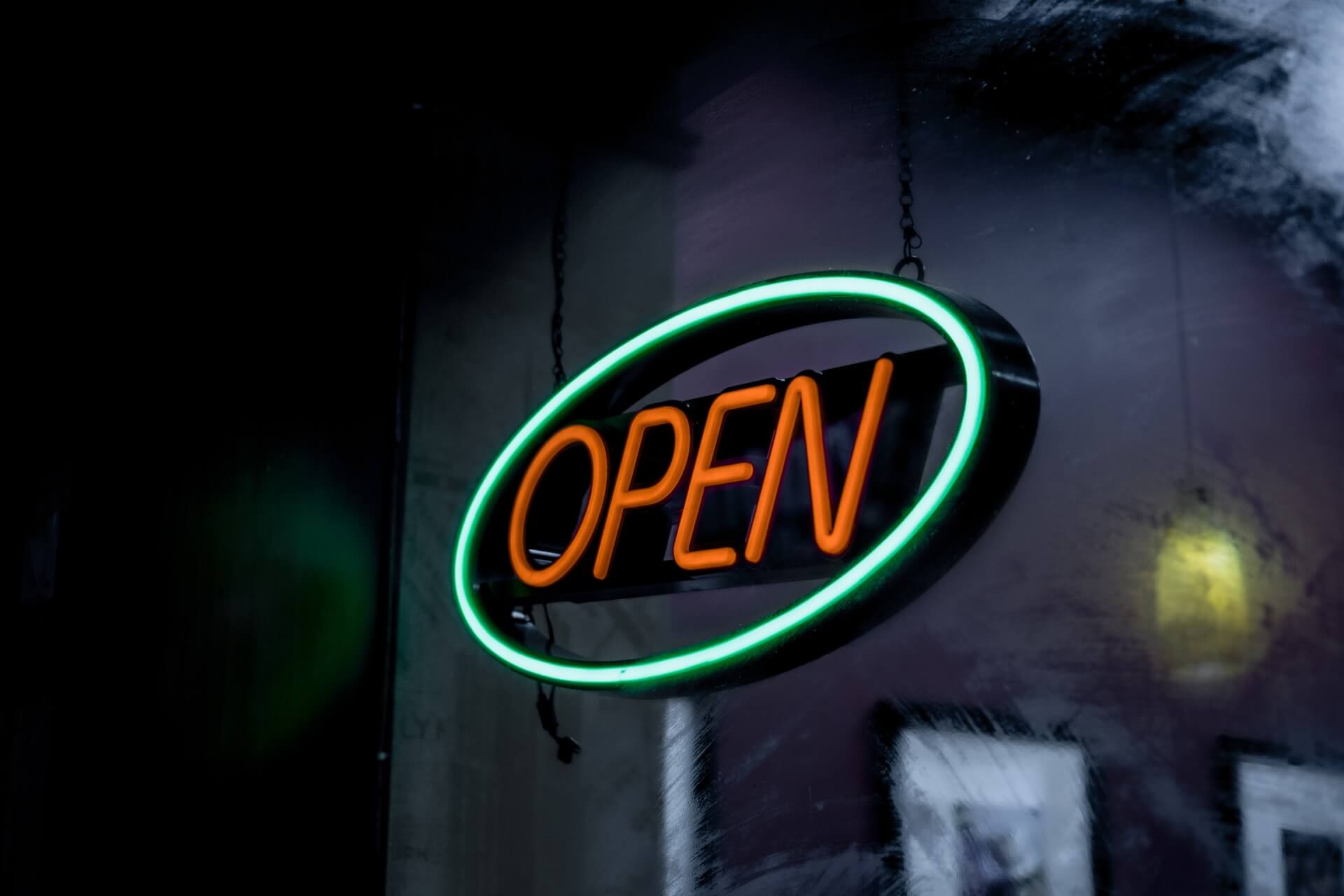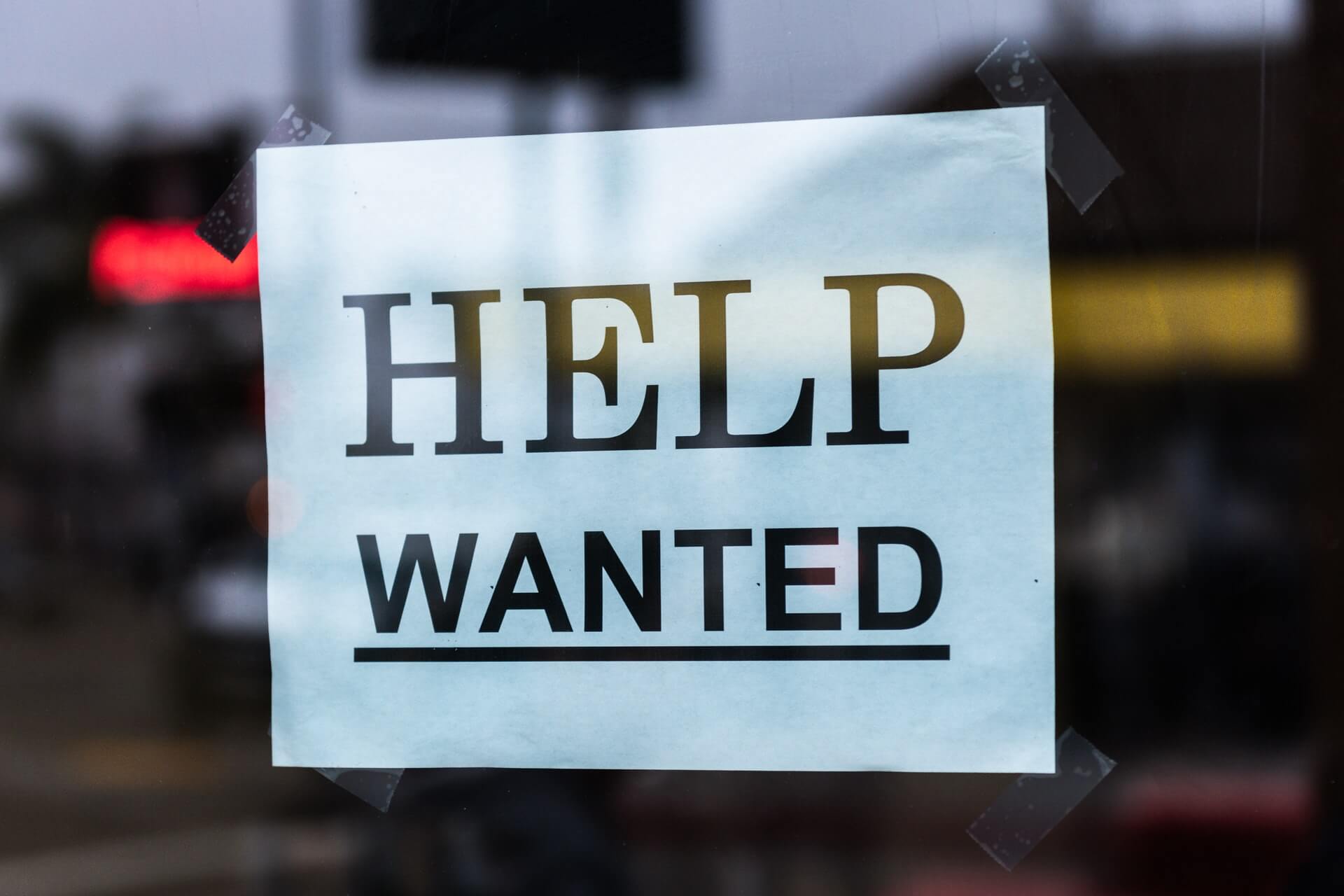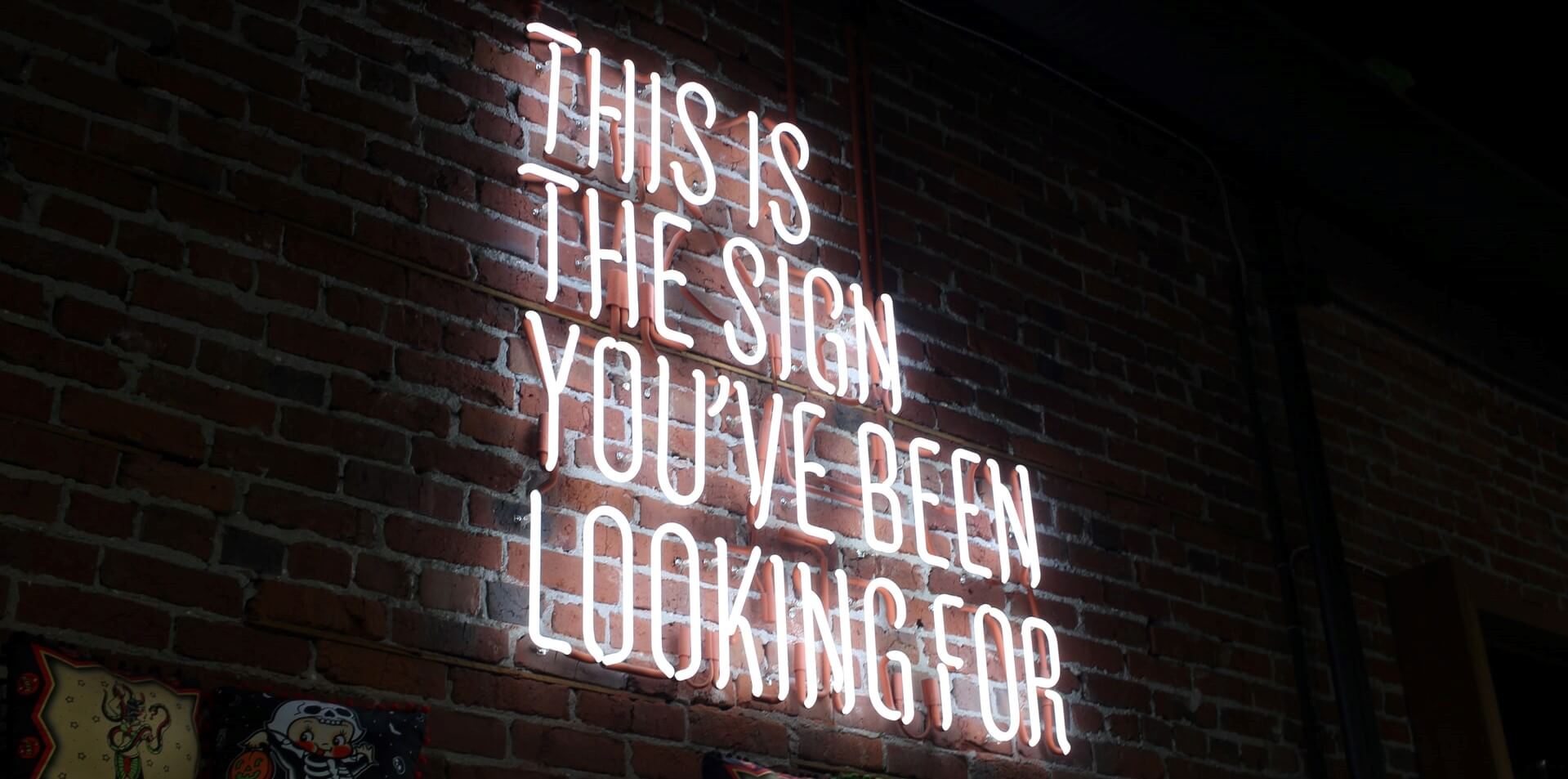Can You Fire Staff for Refusing Vaccine?
by David Klemt

Can an employer terminate a staff member’s employment for refusing the Covid-19 vaccine? Current court cases seek an answer to that question.
Conversely, there are bills up for consideration in some states that aim to ban vaccine mandates.
Therefore, the current answer to the question of whether employer vaccine mandates are legal isn’t clear, yet.
It’s also important to note that this question is up for legal examination in Canada and America.
Are Employers Really Mandating Vaccines?
Of course. Well, some are. And it’s bound to continue until the question has been tested in court.
Looking at Canada, Ontario’s Ministry of Labour says employers can, in fact, make vaccines mandatory. They can also (for now, at least) demand proof of vaccination from their employees. Failing to answer the question or lying about can result in an employee losing their job.
However, the ministry acknowledges that legal and ethical issues come hand in hand with blanket vaccination mandates.
In America, the issue is no less thorny, to put it mildly.
Per a survey by Arizona State University and the Rockefeller Foundation, almost 90 percent of employers in the USA (and UK) have plans to “encourage or require vaccination for employees.”
Encouraging, of course, stands in stark contrast to requiring in a legal, ethical and moral sense.
That same survey suggests that most US employers—two-thirds—plan to use vaccination incentives rather than mandates. However, 44 percent say they’ll implement mandates if incentives don’t work. Just one-third of survey respondents say they don’t intend to require vaccinations as a term of employment.
Legal Challenges
Vaccine requirements and credentials (“vaccine passports”) have been banned in Arizona, Florida, Idaho, Montana, Texas and South Dakota.
Bills have been introduced in at least half of American states that seek to “limit mandatory COVID-19 vaccines,” per the National Conference of State Legislatures.
Lawsuits have been filed by workers in various industries in several states, including New Mexico and California.
It’s likely just a matter of time until the Supreme Court of the United States is at least asked to settle the matter of vaccine mandates.
Currently, attorneys and agencies say that employers need to inform employees of the consequences for refusing Covid-19 vaccination, including loss of employment; put a vaccination policy in place and communicate it with all employees; and include religious and medical exemptions.
That said, this matter is a long way from settled.
Could vs. Should
One thing is clear: It’s not clear yet whether employers can terminate employees for refusing vaccination. We can expect a flurry of lawsuits either way.
However, it’s important that operators realize this isn’t solely a legal question. This is in no small part a leadership question, and it’s a tough one.
As the saying goes, just because you can, doesn’t mean you should.
Operators must consider the ramifications of vaccine mandates. Moving forward, some guests may only support businesses that require vaccination for staff. Conversely, some guests may find such a requirement discriminatory and offensive, and they may boycott businesses with vaccine mandates.
It’s a difficult position for operators and staff. Our industry puts employees and the public in direct, close contact with each other. Team members are likewise in very close quarters. Close interactions for prolonged periods can spread any number of viruses, not just Covid-19.
The instinct to protect staff, their family and friends, and the public is common among operators. The past twelve-plus months have strengthened that resolve.
Incentivizing Instead
Requiring vaccination may exacerbate the current labor shortage.
Yes, there are some employees and potential new hires who will feel more comfortable knowing their coworkers have been vaccinated. However, there are also people who will refuse to work for an employer who requires vaccination. A mandate could damage recruiting severely as word gets around.
It’s reasonable to suggest that operators are best off implementing a vaccination incentive program rather than a mandate. Most people would likely agree that encouragement rather than requirement, at least regarding this topic, shows greater emotional intelligence, a cornerstone of leadership.
The CEO of the Cosmopolitan of Las Vegas reportedly hit their minimum goal of an 80-percent vaccination rate among staff last week. The resort’s incentive program offered bonus payments (among other incentives) for vaccinated employees set up in tiers:
- 60 Percent Vaccination Rate: $50
- 70 Percent Vaccination Rate: $100
- 80 Percent Vaccination Rate: $250
- 90 Percent Vaccination Rate: $350
- 100 Percent Vaccination Rate: $500
That program helped the company hit their goal in just a few weeks. Operators can certainly use the Cosmo as a model for encouraging vaccinations instead of requiring them. Ultimately, the choice is up to the individual operator. It isn’t an easy one.
Disclaimer
This content is for informational purposes only, and should not be used as legal or other advice. This article does not constitute legal advice, nor does any information constitute a comprehensive or complete statement of the matters discussed or the law. This information is of a general nature and does not address the circumstances of a specific individual or entity. The reader of this information alone assumes the sole responsibility of evaluating the merits and risks associated with the use of any information before making any decisions based on such information.
Image: Braňo on Unsplash
